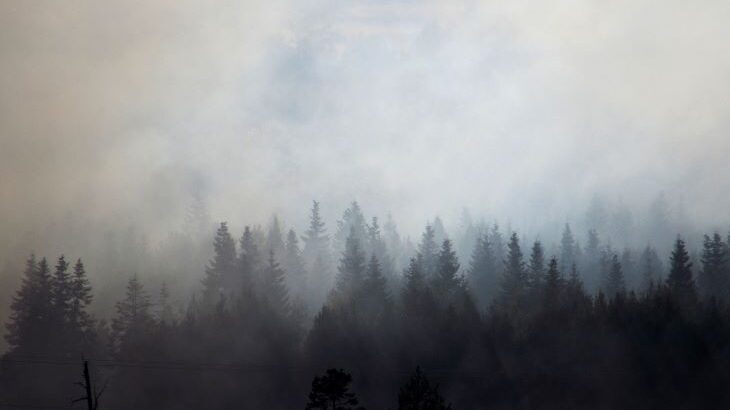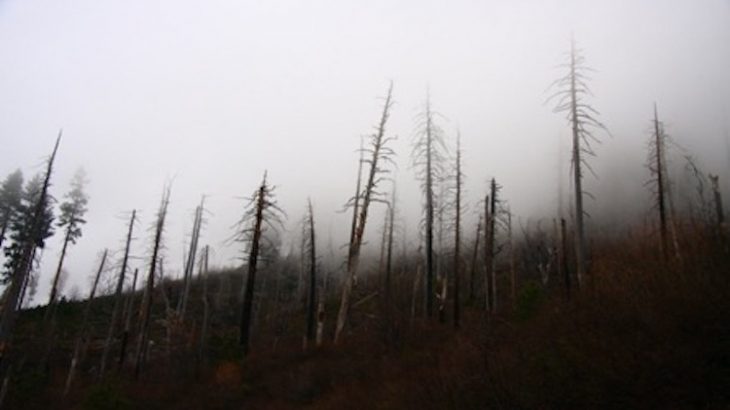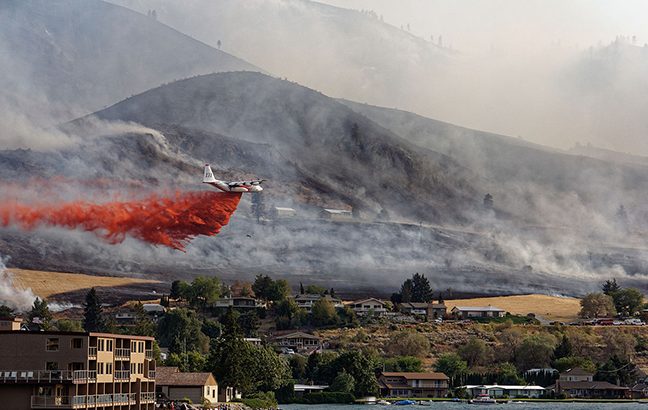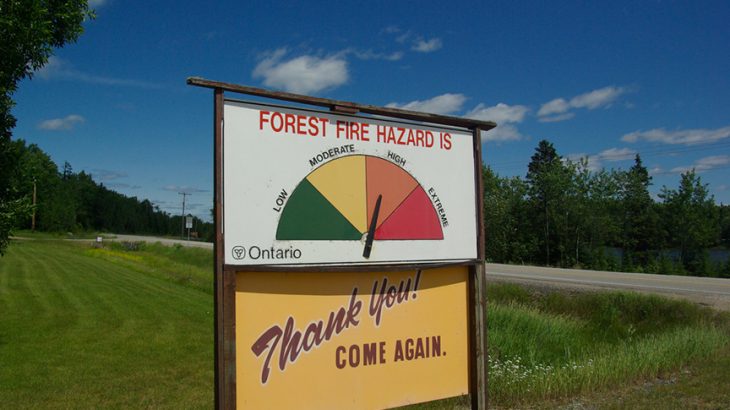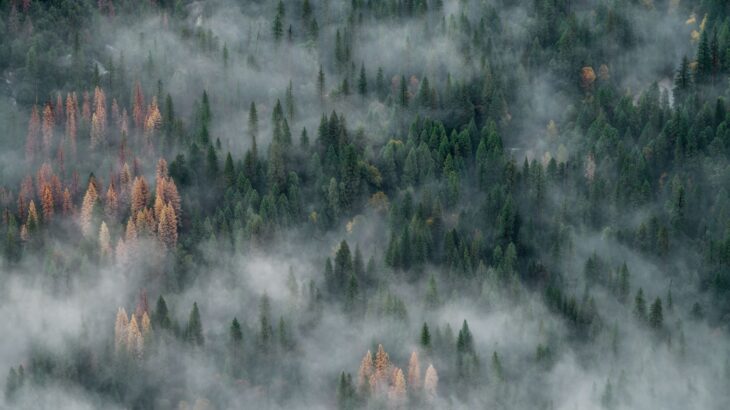
By Naeema Bhyat, guest contributor With Canada’s wide expanses of forest, grasslands and shrublands, wildfires have always been part of our landscape. But as more Canadians experience eerie, smoky skies and a dull orange sun, these fires loom larger in the public’s imagination. Events like the 2016 wildfire that tore through Fort McMurray, Alberta and […]

